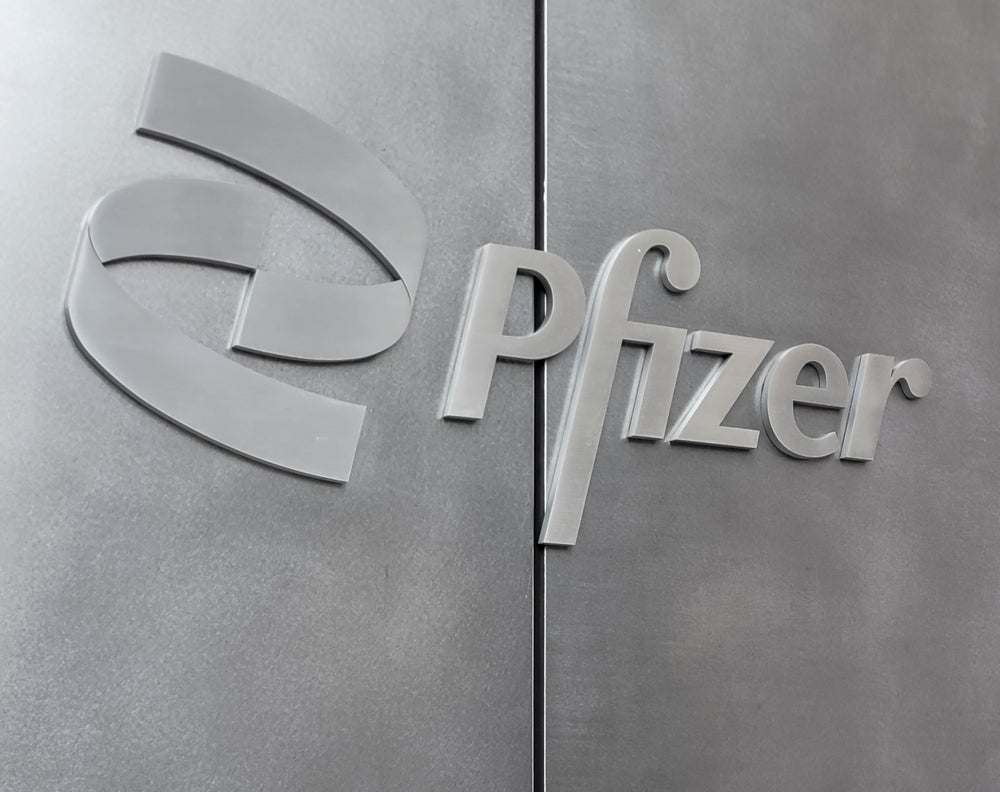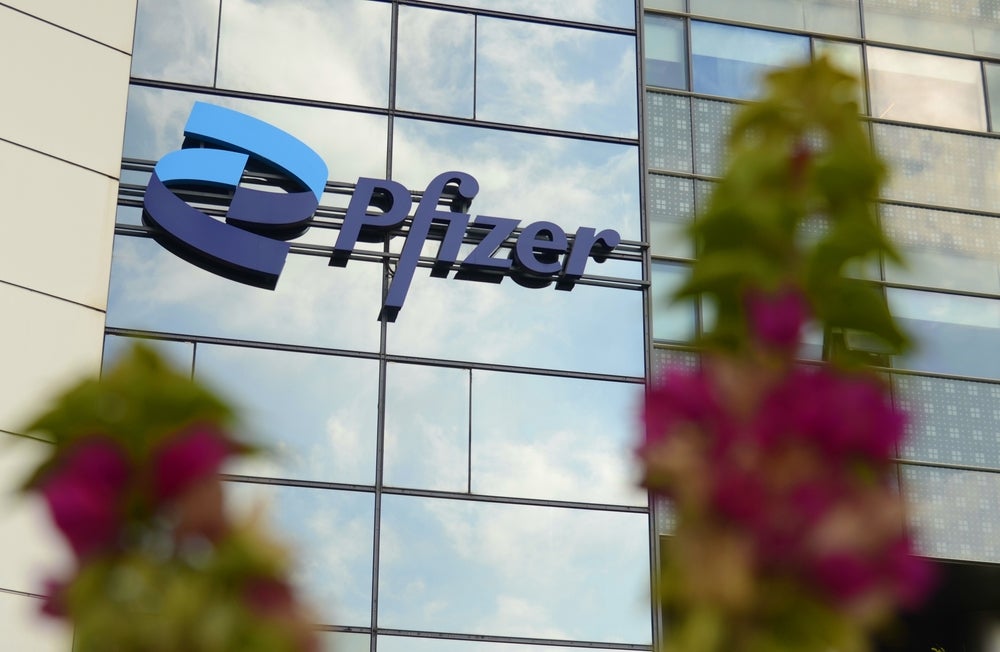Alnylam Pharmaceuticals and collaborators have identified rare mutations in the INHBE gene that is expressed in the liver, related to a lower waist-to-hip ratio for body mass index (BMI), which is often used as an indicator of abdominal fat and is correlated with the risk of type 2 diabetes (T2D) and coronary heart disease. Using data from the UK Biobank database, genomic sequencing data for 360,000 individuals were obtained and the findings were confirmed in animal models that demonstrated a higher expression of the INHBE gene in obese monkeys when compared to more lean monkeys.
There is a clear correlation between the INHBE gene and metabolic syndrome, particularly T2D and coronary heart disease, and the potential development of targeted therapy in future could have broad benefits across these disorders. Alnylam has reported that it aims to develop a therapy that targets the INHBE gene and reduces the overall risk of T2D and coronary heart disease for at-risk patients. Targeting gene expression that results in increased abdominal fat and leads to obesity is a key factor for the reduction of T2D and wider metabolic syndrome. Key opinion leaders (KOLs) interviewed by GlobalData have reported an increasing number of their T2D patients having challenges with obesity, which significantly increases their risk of other metabolic disorders.
Using the UK Biobank, Alnylam was able to search gene variants that were associated with lower waist-to-hip ratio adjusted for body mass index and identified that the mutated INHBE gene can be found in one in 587 individuals. Further in vitro studies demonstrated that the most common variant that caused a loss in INHBE function was linked to a significant reduction in the secretion of the Activin E protein. Analysis of these individuals showed that they had a good metabolic profile, with low levels of triglycerides, increased high-density lipoprotein cholesterol and decreased fasting glucose. Alnylam reported that the company plans to leverage its RNAi platform to develop a pipeline candidate that targets INHBE and Activin E.
There is a significantly increasing body of evidence relating obesity to T2D and related metabolic disorders such as coronary heart disease and heart failure (HF). Several therapies have emerged in the last five to ten years, particularly in the glucagon-like peptide-1 receptor agonist (GLP-1) class, which address obesity and decrease cardiovascular risk in addition to improving HbA1c for patients with T2D. In particular, semaglutide (Rybelsus and Ozempic) from Novo Nordisk and tirzepatide (Mounjaro) from Eli Lilly have rapidly become the market-leading therapies for patients with T2D and obesity. With such high levels of interest in the obesity market, GlobalData predicts it is likely that a drug that is able to demonstrate high efficacy in targeting INHBE expression will gain a significant market share, as it will be able to reduce the risk significantly for multiple metabolic disorders.
See Also:
How well do you really know your competitors?
Access the most comprehensive Company Profiles on the market, powered by GlobalData. Save hours of research. Gain competitive edge.

Thank you!
Your download email will arrive shortly
Not ready to buy yet? Download a free sample
We are confident about the unique quality of our Company Profiles. However, we want you to make the most beneficial decision for your business, so we offer a free sample that you can download by submitting the below form
By GlobalData








Related Company Profiles
Eli Lilly and Co
Novo Nordisk AS
Alnylam Pharmaceuticals Inc